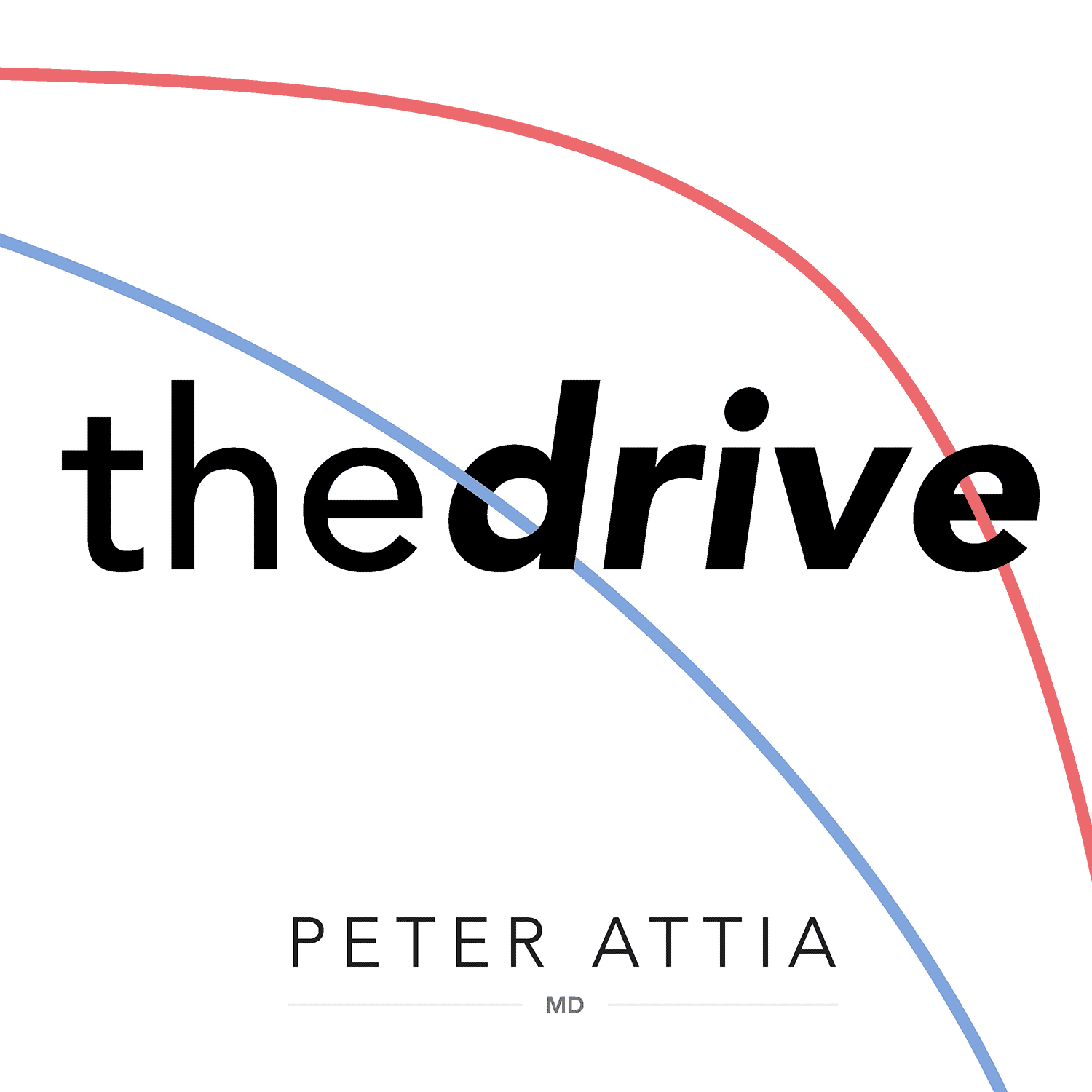
December 2, 2024 • 2hr 32min
#327 - Choices, costs, and challenges in US healthcare: insurance intricacies, drug pricing, economic impacts, and potential reforms | Saum Sutaria, M.D.
The Peter Attia Drive

Key Takeaways
- Scale of US Healthcare System: Represents nearly 20% of US GDP (~$4 trillion annually), with spending split roughly:
- 25% from consumers
- 25% from employers
- 50% from government (federal/state)
- Cost Distribution: Of the non-administrative costs (85% of total):
- 1/3 goes to hospitals/infrastructure
- 1/3 goes to physician offices/clinics
- 1/3 goes to drugs/devices
- Unique US System Features:
- Emphasis on choice and access over cost control
- Employer-sponsored insurance as dominant coverage model
- High administrative costs (15%) compared to other nations
- Cross-subsidization between private and public insurance
- Key Challenges:
- Healthcare spending growing 2% faster than GDP annually
- Aging population with peak Medicare enrollment expected 2032
- Rising chronic disease burden, especially obesity and diabetes
- Declining ratio of workers to retirees funding the system
Introduction
Dr. Saum Sutaria, CEO of Tenet Healthcare and former McKinsey healthcare practice leader, provides a comprehensive overview of the US healthcare system's structure, evolution, and challenges. The discussion explores how the system's emphasis on choice, access and innovation has led to costs significantly higher than other developed nations while examining potential paths forward.
Topics Discussed
Overview of US Healthcare System Structure (5:00)
The US healthcare system represents nearly 20% of GDP ($4 trillion annually), making it larger than total US exports ($3 trillion). Funding comes from three main sources:
- Consumer spending (~$1 trillion) through direct payments and insurance contributions
- Employer spending (~$1 trillion) primarily through employer-sponsored insurance
- Government spending (~$2 trillion) through Medicare, Medicaid, and tax subsidies
Historical Evolution of US Healthcare (18:30)
The current system evolved from several key developments:
- 1950s: Healthcare represented only 4-5% of GDP with majority out-of-pocket payments
- 1954: Tax benefits established for employer-sponsored insurance
- 1965: Medicare and Medicaid created to address coverage gaps
- Post-1965: Rapid growth in spending as third-party payment model expanded
Medicare and Medicaid Overview (27:45)
Key government healthcare programs:
- Medicare:
- Covers 65+ million Americans over age 65
- Universal eligibility at age 65
- Expected to reach 90 million enrollees by 2032
- Medicaid:
- Covers 90+ million low-income Americans
- Eligibility varies by state
- Expanded significantly under ACA
Drug Pricing and Innovation (56:15)
The US leads global pharmaceutical innovation but faces unique pricing challenges:
- Innovation Leadership:
- US companies develop 75-80% of new drugs
- System supports research and development investment
- Pricing Challenges:
- US prices significantly higher than other nations
- Limited government negotiating power by design
- Complex rebate system through PBMs
Healthcare Outcomes and Spending (1:18:45)
Despite highest spending, US faces mixed health outcomes:
- Life Expectancy Paradox:
- Lower overall life expectancy than peers
- Best outcomes for 70+ population
- Challenges with maternal health, violence, substance abuse
- Contributing Factors:
- Higher chronic disease burden
- Social determinants of health
- Access barriers for preventive care
Future Challenges and Solutions (1:46:45)
Key considerations for system sustainability:
- Demographic Pressures:
- Declining worker-to-retiree ratio
- Growing chronic disease burden
- Rising costs of new therapies
- Potential Solutions:
- Bend cost curve toward GDP growth rate
- Leverage technology for efficiency
- Focus on prevention and health status
- Reform payment models while preserving choice
Conclusion
The US healthcare system's emphasis on choice, access, and innovation has created unparalleled capabilities but at significant cost. While dramatic cost reduction may be challenging, focusing on bending the cost curve toward GDP growth while addressing underlying health status issues offers a potential path forward. Success will require balancing preservation of the system's strengths with necessary reforms to ensure long-term sustainability.